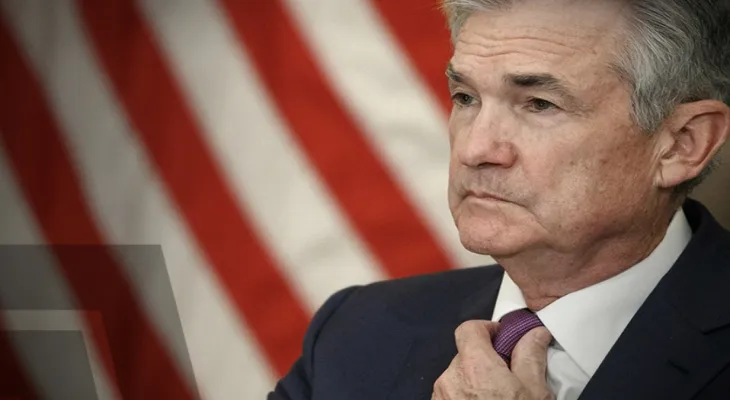Search here
Newspaper
Search here

Arab Canada News
News

Published: September 21, 2022
The U.S. Federal Reserve Governor addressed the following points during the press conference:
Jerome Powell reads the interest rate statement:
The U.S. Federal Reserve has the tools necessary to bring inflation back to the set target.
Price stability is one of the very important goals for the U.S. Federal Reserve.
Without price stability, we will not achieve our goals.
The Federal Open Market Committee decided to raise interest rates by 0.75% to reach 3.25%.
The U.S. economy has slowed down significantly during the past period.
Clearly, conditions in the housing market have slowed.
The interest rate increase may represent an obstacle to investments.
The U.S. economy is expected to grow by only 0.2% this year, and by 1.2% next year.
Labor market conditions are very strong, and jobs are increasing significantly.
Wages are rising and are expected to rise further.
Unemployment may rise slightly during the period.
Inflation is higher than the set target of 2%.
Inflation recorded about 8.3% by the end of August.
Price increases remain clear and widespread across different sectors.
Gasoline prices have recently slowed down, which may support price declines.
Inflation may reach 5.4% by the end of the year.
Long-term inflation expectations remain stable.
We will continue to make our decisions at each meeting individually.
Economic data will strongly influence our decisions.
Inflation remains one of our important main objectives.
Interest rate expectations have risen to 4.4%.
The Federal Reserve is taking strong steps to weaken demand in order to lower prices.
Reducing inflation may lead to a long period of weak economic growth.
Powell answers journalists' questions:
The U.S. Federal Reserve will raise interest rates and keep them high for a period, then lower them again.
We will have to wait longer to see the full effects of the interest rate hikes.
There are still risks of inflation rising.
The path to achieving a safe decline remains difficult.
The labor market remains strong so far and unemployment rates are near their lowest levels in 50 years.
The U.S. Federal Reserve still needs to raise interest rates to put downward pressure on inflation.
High interest rates will lead to bringing inflation back to the Federal Reserve's targets in the long term while keeping them fixed for about a full year.
Inflation has not really decreased yet, but the supply side has started to see some improvement, which slowed the Consumer Price Index.
The Federal Reserve did not raise the interest rate by 100 basis points, because 75 basis points would impose fewer shocks on economic activity.
If inflation reaches the bank’s expectation of an average of 2.1% by 2025, that would be a very good scenario for the economy.
Although the labor market is still strong, current interest rates have affected the real estate sector, so it was better to limit the rate hike to 75 basis points.
Comments